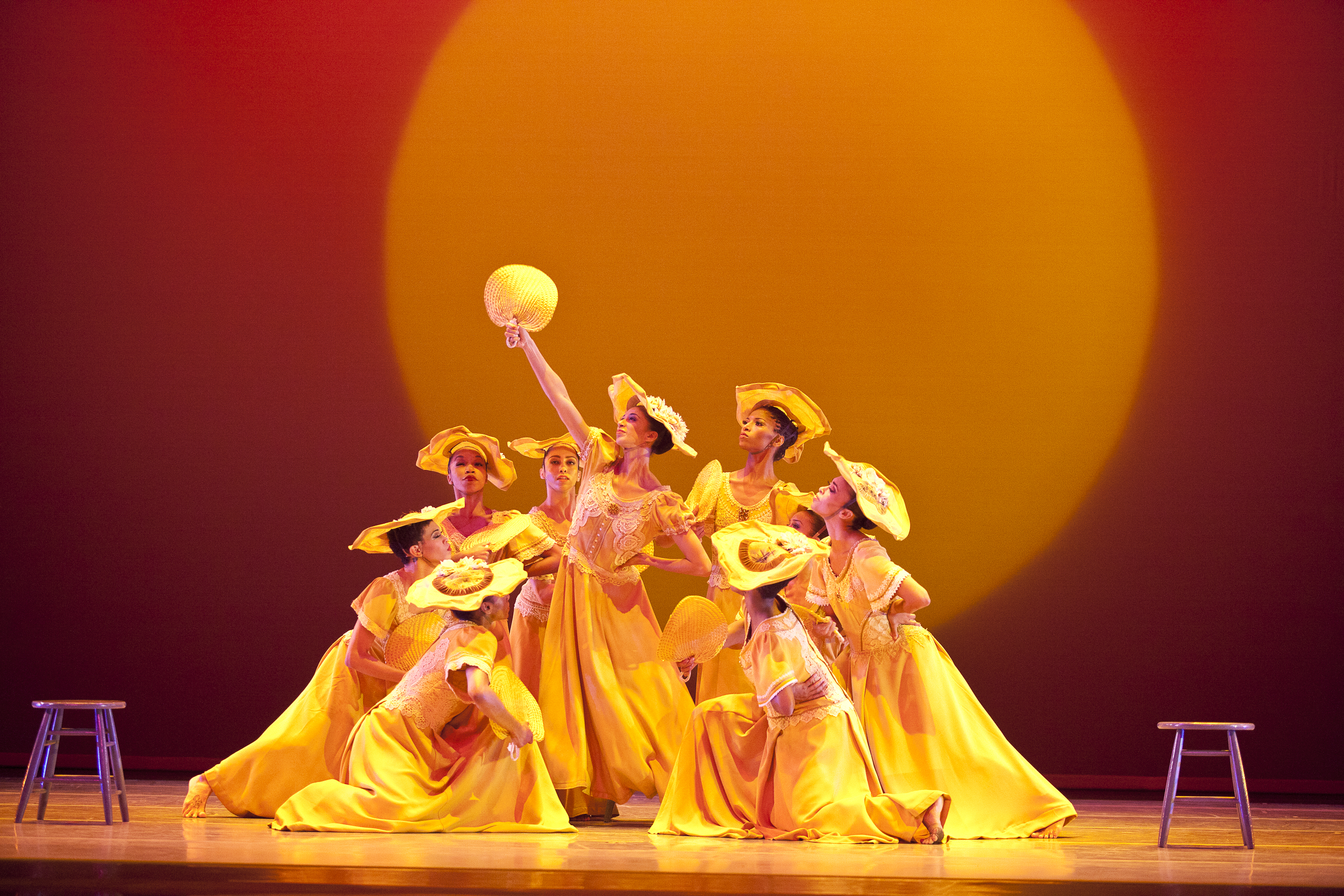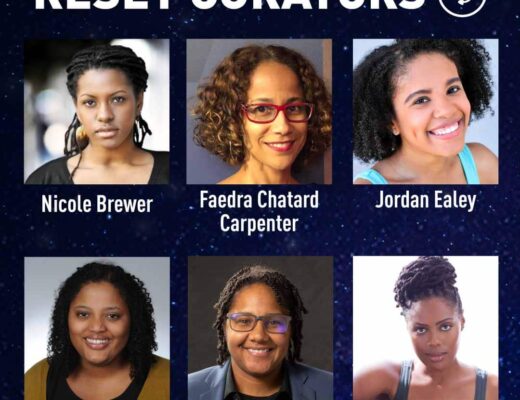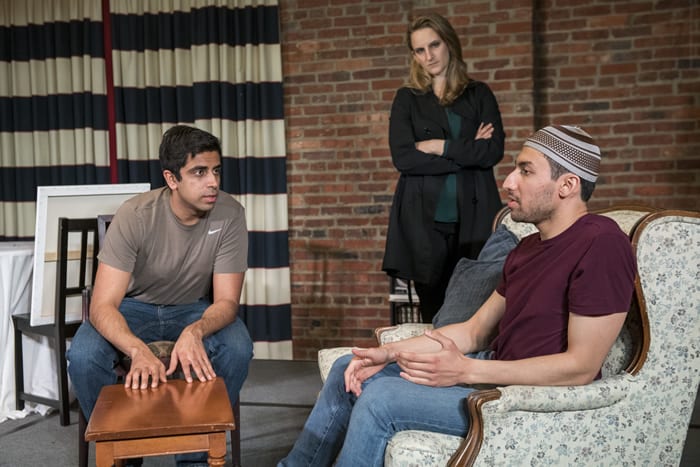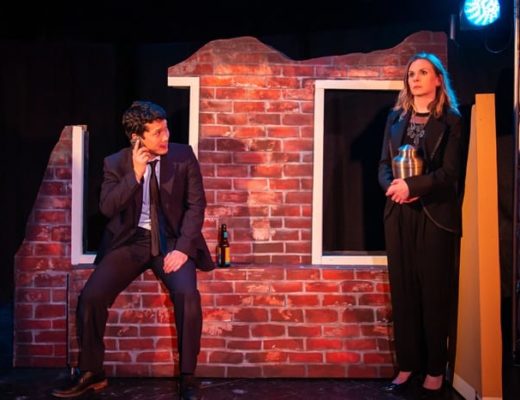by Jason Williams
This article was first published in the Northwest Current.
In a town where long-standing institutions are increasingly contouring themselves to contemporary audiences, Alvin Ailey American Dance Theater returned to Washington to present new works that remain true to the company’s roots.
On Feb. 6, the John F. Kennedy Center for the Performing Arts hosted an opening night gala and fundraiser for the Alvin Ailey American Dance Theater. For the last 19 years, the dance company, founded in New York City, has traveled to Washington as part of its annual tour. These tours showcase the tremendous talent and skill of the dancers, and also inform and educate communities across the country.
The event opened with remarks from Chris Womack, the president of external affairs for the Southern company. Womack said that after their stint in D.C., the company would be heading to Alabama, where they will perform on the historic Edmund Pettus Bridge (the site of the infamous 1965 police attack on peaceful civil rights protesters). Later, Robert Battle, the artistic director of the Ailey Company, reminded the audience that it was performances like the one they were about to witness that inspired him to purse his dance dreams, and it was the generosity of donors that allowed him to attend Ailey programs in his local community.
Battle pointed out that at Ailey, dance performance is only half of the job, saying, “we step off the stage and into the communities we serve.” Battle highlighted that the D.C. area has produced a number of Ailey dancers and rattled off several homegrown members, each name drawing thunderous applause from the audience.
The performance was in three acts – two repertory works and a premiere. The newest work, “Members Don’t Get Weary” was choreographed by Jamar Roberts and set to music by Jazz legend John Coltrane.
The number opened with a deep blue background, shadowing 10 dancers set in two groups. Half of the dancers were clustered together in the foreground, while the remaining members stood in a straight line across the back of the stage. All were wearing wheat-colored wide brim sun hats.
There was an exchange between the two groups, beginning with elongated slow movement in the foreground and stillness in the rear. As all 10 dancers arrived at center stage facing the audience, a shift in formation revealed that one dancer was down. The other nine looked back while another member joined the fallen dancer on the floor. The one used his own back to try and prop up the other as the remaining members encircled them, paying tribute to the effort of the fallen.
Duets emerged from the pack, with a beautiful symmetry to the movements that built from methodical and firm, to flowing joyful patterns, to a frantic tempo that gave way to an exhausted release. In this context, “weary” was not burdensome as much as an acknowledgment of where physical limitation started and kinetic, spiritual, energy began.
After a brief intermission during which the majority of the lower bowl audience, in their black ties and ball gowns, resumed conversations and refreshed their drinks, the show resumed with “The Golden Section.” Created in 1983 by choreographer Twyla Tharp, the section featured 12 dancers. The costumes, by Santo Loquasto, fit nicely with the music by David Byrne (of “The Talking Heads”). The look and sound was disco-era.
The majority of the action occured at the wings of the stage as dancers jet in from the sides, often leaping onto the stage and into the arms of other dancers. The lighting was bright and took full advantage of the golden costumes and metallic skrim. The piece was light and fun, and served as a great break between the artful heaviness of the opening act and the historical heft of the evening’s third act.
“Revelations,” choreographed by Alvin Ailey in 1960, is without question the company’s most recognized work. The piece broke down into three major sections – “Pilgrim of Sorrow,” “Take Me To The Water” and “Move, Members, Move” – but 10 separate dances threaded through the section in this tour de force. The piece carried the reverence of a national anthem, and individual dancers functioned like stanzas, pointing back to the difficult times of a people’s past, then looking forward to a hopeful future.
The lighting and music were integral to the sensation of time and space the piece conveyed. The lighting by Nicola Cernovitch started in shades of brown and copper, evoking native Africa, then hints of red suggested the new native land of southern American fields. The music featured traditional hymns and work songs. “Take Me To The Water” was lit in tranquil blues and hot white. “Move, Members, Move” started in a deep red that gave way to bright yellow.
While all 10 dancers were exceptional and unique, three stood out. Linda Celeste Sims and Jamar Roberts’ performance of “Fix Me, Jesus” was breathtaking. Much of the dance has the two interlocked, moving as one. Their holds and lifts were executed so tactfully that the dancers appeared like chiseled granite.
Clifton Brown’s performance of “I Wanna Be Ready” was equally moving. Much of the piece has the dancer center stage on the floor, contracting and reaching out while looking up at a white light, which beams on him the entire dance. Brown’s presence, strength, poise and dexterity were mesmerizing.
The finale, “Rocka My Soul in the Bosom of Abraham,” featured the full cast with the women dressed in antebellum-era yellow sundresses and matching hand fans, while their male counterparts were in matching yellow vests and dark pants. There was clapping, twirls and an overall feeling of jubilation and rebirth.
As the piece wound down there was a false ending where the company bows, followed by an encore. It was strengthening to end on a joyous note, even within the serious tone this particular performance was raising funds to train, teach and develop the next generation of Ailey dancers – some of whom may have been in the audience.
The Ailey company’s present, history and future are a strong reason to see this group perform year after year.





No Comments